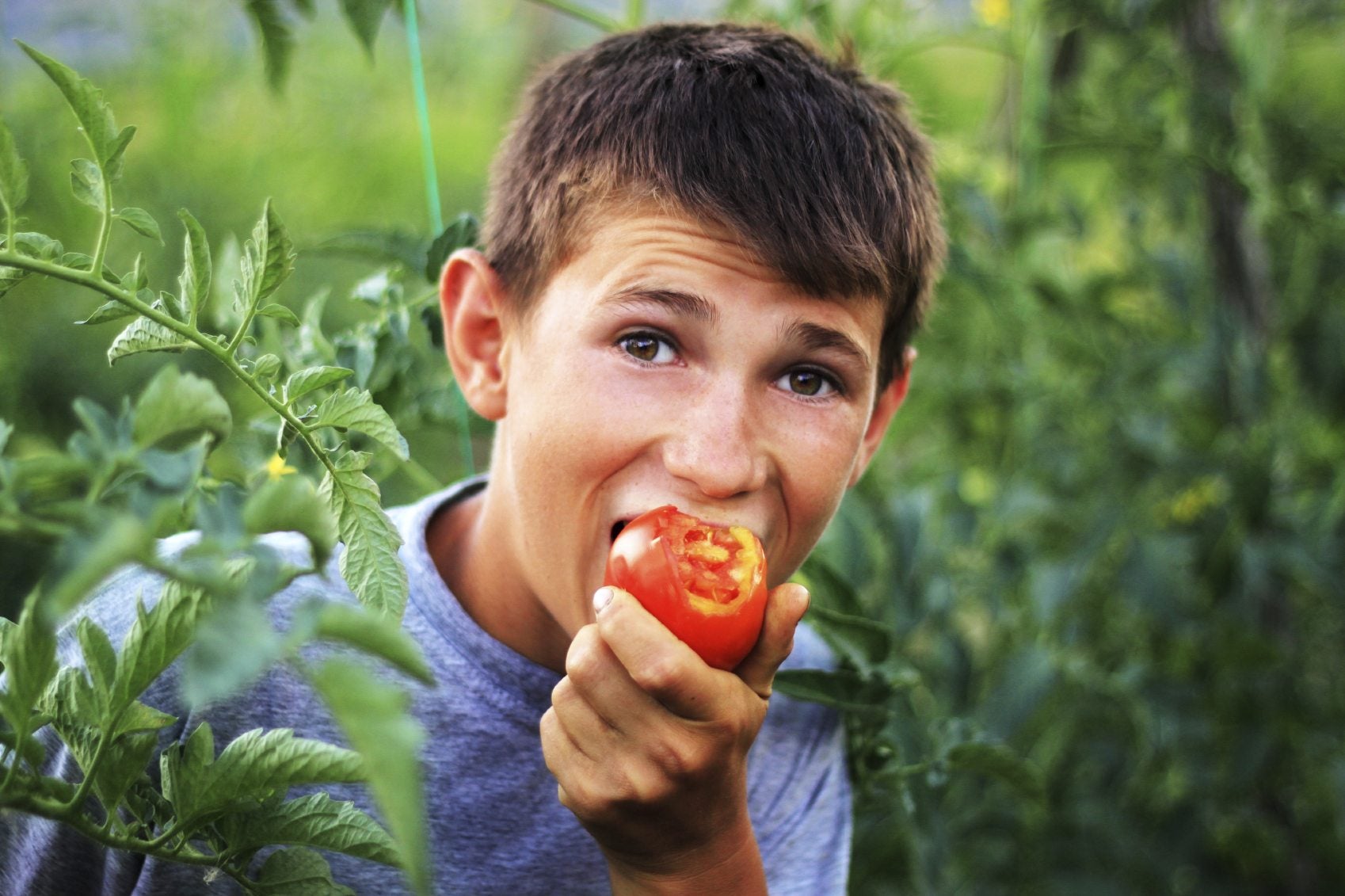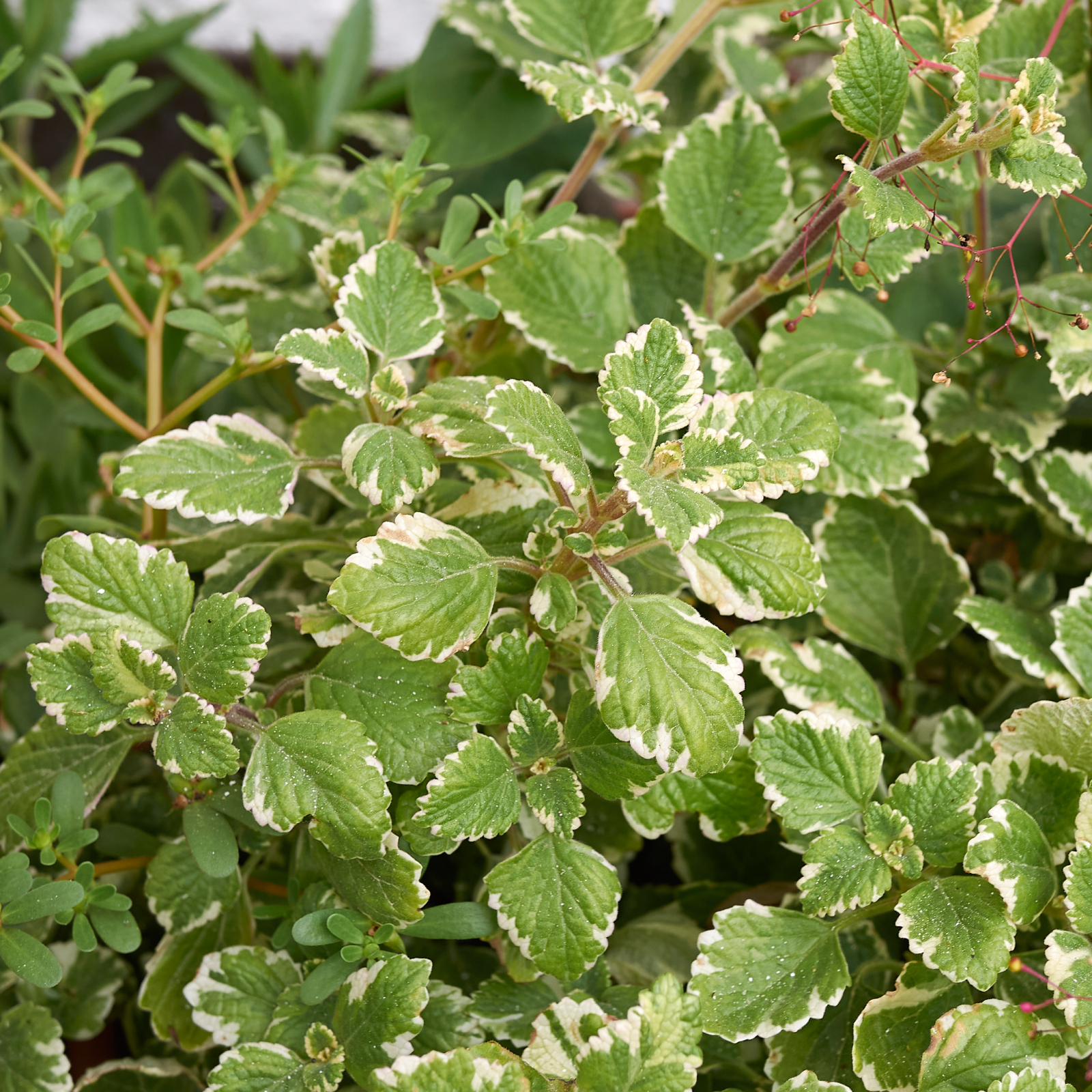Why Tomatoes Taste Sour Or Bitter – How To Fix Bitter Tasting Tomatoes

Luckily this has never happened to me, but I have met other people wondering why they have bitter tasting tomatoes. I am picky about my fruit and fear this experience might wean me off tomatoes immediately! The question is, why would tomatoes taste bitter, or even sour?
Why are My Homegrown Tomatoes Sour?
There are over 400 volatile compounds in tomatoes that give them their flavor, but the prevailing factors are acid and sugar. Whether a tomato tastes sweet or acidic is also often a matter of taste – your taste. There are hundreds of varieties of tomatoes with what seems like more options all the time so there is bound to be a tomato for you. One thing that most people can agree on is when something tastes “off.” In this case, tomatoes that taste sour or bitter. What causes bitter garden tomatoes? It might be the variety. Maybe you are growing fruit that is particularly acidic that translates as sourness to your taste buds. High acid and low sugar tomatoes tend to be very tart or sour. Brandywine, Stupice, and Zebra are all tomato varieties that are high acid. Most people’s prime tomato has a balance of both acid and sugar. I say most, because again, we all have our own preferences. Examples of these are:
- Mortgage Lifter
- Black Krim
- Mr. Stripey
- Celebrity
- Big Boy
Small cherry and grape tomatoes also tend to have higher sugar concentrations than larger varietals.
Preventing Bitter Tasting Tomatoes
Besides choosing tomatoes that are touted to be high in sugar and low in acid, other factors coalesce to impact tomato flavor. Color, believe it or not, has something to do with whether a tomato is acidic. Yellow and orange tomatoes tend to taste less acidic than red tomatoes. This is really a combination of sugar and acid levels along with other compounds that makes for a milder flavor. There are some things you can do to produce sweet, flavorful tomatoes. Healthy plants with lots of leaves catch more sun and produce dense foliage that is capable of converting more light into sugar so, obviously, caring for your plants will result in the most flavorful fruit. Include plenty of organic matter in the soil as well as potassium and sulfur. Avoid giving the plants too much nitrogen, which will result in healthy green foliage and little else. Fertilize tomatoes at the onset with a low nitrogen fertilizer, 5-10-10, then side dress with a small amount of nitrogen fertilizer AFTER the tomatoes begin to bloom. Keep the plants consistently watered until fruit appears. Then water plants sparingly during fruit maturation since dry soil concentrates flavor compounds. Lastly, tomatoes are sun worshippers. Plenty of sunshine, ideally eight full hours per day, allows the plant to photosynthesize to its utmost potential which produces carbohydrates that are turned into sugars, acids, and other flavor compounds. If you live in a wet, cloudy area like I do (the Pacific Northwest), choose heirloom varieties like San Francisco Fog and Seattle’s Best of All that tend to tolerate these conditions. Tomatoes thrive in the 80’s (26 C.) during the day and between the 50 degrees F. and 60’s (10-15 C.) at night. Higher temps affect fruit set as well as flavor compounds so be sure to select the correct type of tomato for your climactic region.
Gardening tips, videos, info and more delivered right to your inbox!
Sign up for the Gardening Know How newsletter today and receive a free copy of our e-book "How to Grow Delicious Tomatoes".

Amy Grant has been gardening for 30 years and writing for 15. A professional chef and caterer, Amy's area of expertise is culinary gardening.
-
 Which Ivy Is Best For A Garden? 7 Varieties Of Ivy To Grow (And 2 To Avoid)
Which Ivy Is Best For A Garden? 7 Varieties Of Ivy To Grow (And 2 To Avoid)Lots of varieties of ivy can complement your garden, provide groundcover, or create a private oasis, but which is best? Explore our top picks for beautiful ivy.
-
 Do Deer Eat Peonies? How To Keep Them Away And Save Your Gorgeous Blooms
Do Deer Eat Peonies? How To Keep Them Away And Save Your Gorgeous BloomsPeonies are not usually favored by deer, but sometimes they go after the young shoots of the plants anyways. Learn how to keep deer away from beautiful blooms.